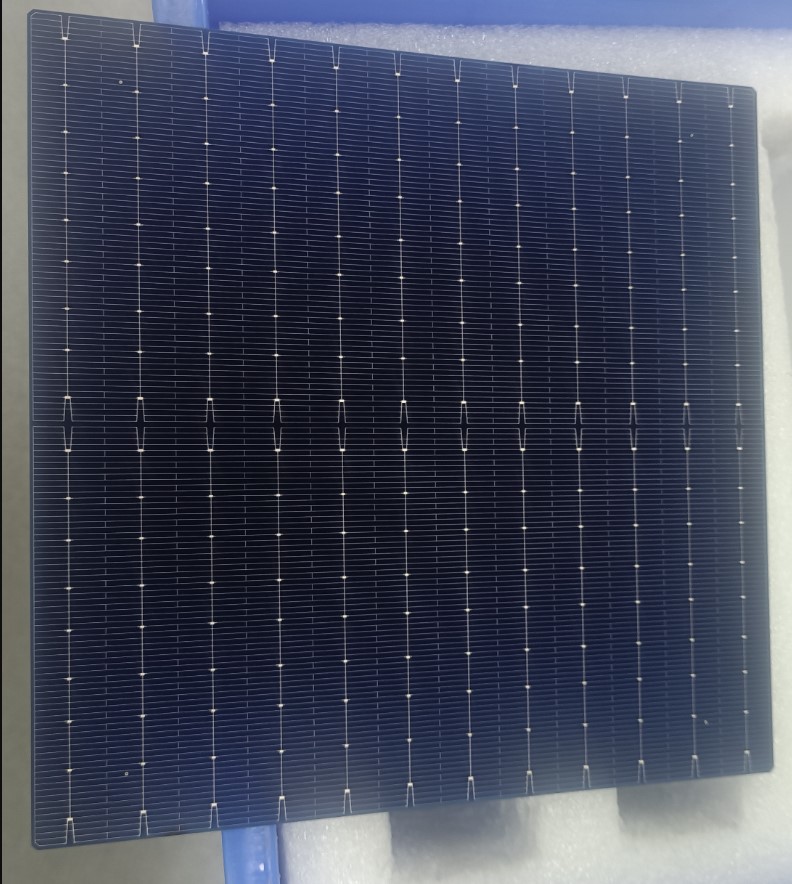From pv magazine Global
An international research team has fabricated a tunnel oxide passivated contacts (TOPCon) solar cell through a new technique enabling the control of tunnel oxide deposition at the atomic scale.
“This new technology is aimed to solve the issues posed by the traditional low-pressure chemical vapor deposition (LPCVD) methods,” researcher Liao Baochen told pv magazine. “These are, among others, high maintenance costs and low deposition rates, especially for in-situ doping.”
The scientists described the proposed method as an innovative tube-type industrial plasma-assisted atomic layer deposition (PEALD) technique. They claimed that it can provide high-quality, dense tunnel silicon oxide (SiOx) films at a low cost and high throughput.
They said it could be easily integrated into tube-type PECVD systems used for monocrystalline PERC solar module manufacturing.
“One deposition tool is sufficient to complete the deposition of all the thin film layers, making its fabrication process more competitive than conventional methods,” the researchers said.
The group built the cell with a G1 n-type wafer with a thickness of 170 μm and an area of 440.96 square centimeters. They deposited all the films at a temperature of 200 C and a cycle time of 25 seconds. They then controlled the SiOx thickness by adjusting the number of atomic layer deposition (ALD) cycles and annealed all samples in a tube furnace at 920 C for 45 minutes to facilitate crystallization and dopant activation.
As a final step, the academics screen-printed the cells on both sides with an aluminum-silver (Al-Ag) alloy paste for the front electrodes and Ag paste for the rear electrodes. They then fired the devices at a peak temperature of around 800 C using an industrial fast-firing furnace.
The research team tested the cells under standard illumination conditions and the best-performing device achieved a power conversion efficiency of 24.2%, an open-circuit voltage of 42.65 V, a short-circuit current of 17,74 A, and a fill factor of 81.0%.
The scientists also used 60 cells to build a 613 W TOPCon module that achieved an efficiency of 22.8%, an open-circuit voltage of 41.21 V, a short-circuit current of 18.17 A, and a fill factor of 79.5%.
“The cells were half-cut by laser and double-side laminated with two tempered glass panels to form bifacial modules,” they said.
They presented the new manufacturing process in “Atomic scale controlled tunnel oxide enabled by a novel industrial tube-based PEALD technology with demonstrated commercial TOPCon cell efficiencies > 24%,” which was recently published in Progress in Photovoltaics.
The group includes academics from Nantong University, Chinese cell maker Tongwei, Singapore’s Institute of Materials Research and Engineering (IMRE), the University of New South Wales (UNSW) in Australia, and China-based module maker Risen Energy.
This content is protected by copyright and may not be reused. If you want to cooperate with us and would like to reuse some of our content, please contact: editors@pv-magazine.com.









1 comment
By submitting this form you agree to pv magazine using your data for the purposes of publishing your comment.
Your personal data will only be disclosed or otherwise transmitted to third parties for the purposes of spam filtering or if this is necessary for technical maintenance of the website. Any other transfer to third parties will not take place unless this is justified on the basis of applicable data protection regulations or if pv magazine is legally obliged to do so.
You may revoke this consent at any time with effect for the future, in which case your personal data will be deleted immediately. Otherwise, your data will be deleted if pv magazine has processed your request or the purpose of data storage is fulfilled.
Further information on data privacy can be found in our Data Protection Policy.